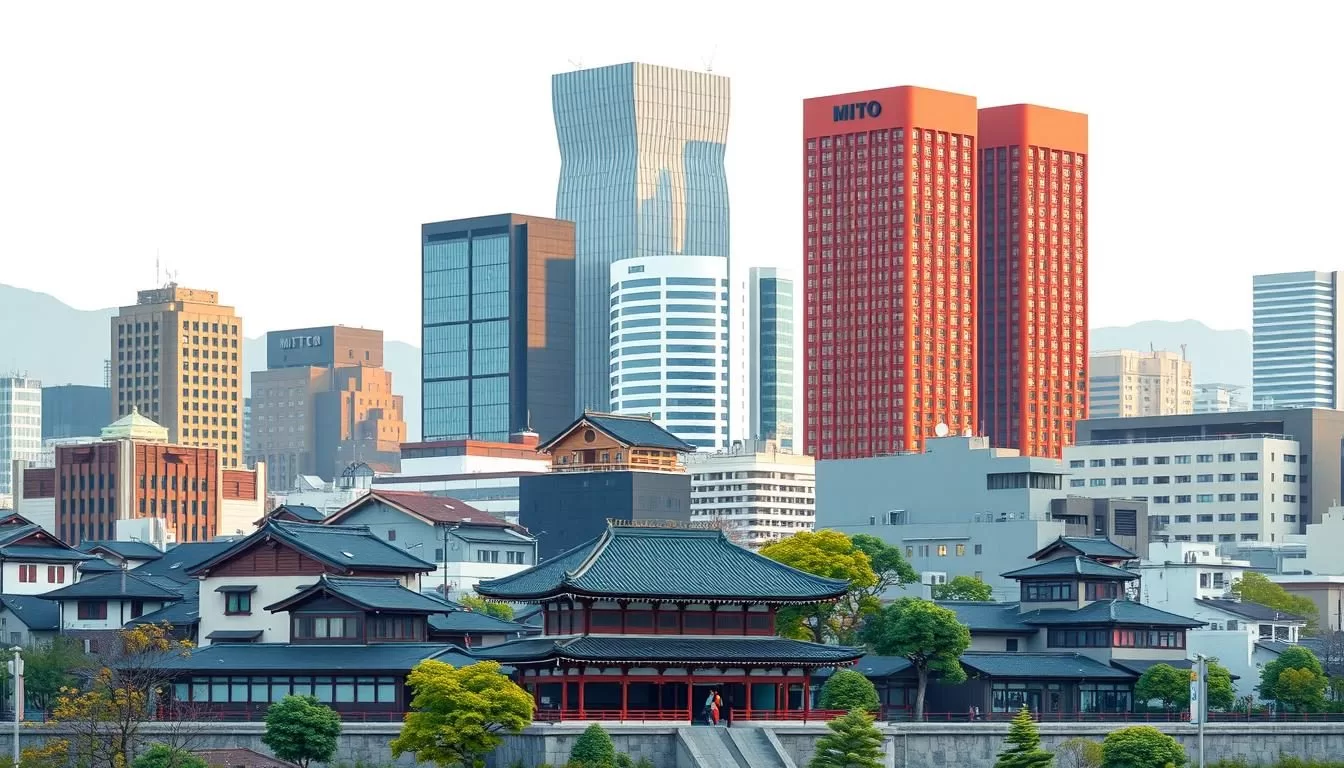✓ Accommodations✓ Flights✓ Rental Cars
Discover the Hidden Gem of Ibaraki Prefecture
As the capital city of Ibaraki Prefecture, Mito offers a unique blend of history, culture, and natural beauty. Located just 100km northeast of Tokyo, Mito is an accessible day-trip destination for travelers based in Japan’s capital.
Mito rose to prominence during the Edo Period (1603-1868) when Tokugawa Ieyasu, the founder of the Tokugawa shogunate, chose the city as the base for one of his three most important family branches. Today, the city is best known for its fermented soybeans (natto) and for being home to Kairakuen Garden, one of the three best landscape gardens in Japan.
Top Attractions and Experiences in Mito:
- Mito stands as the proud capital of Ibaraki Prefecture, boasting a rich historical legacy.
- The city is nationally renowned for its delicious fermented soybeans (natto) and Kairakuen Garden.
- Mito offers a perfect blend of historical sites, natural beauty, and modern attractions.
- The city is an ideal destination for those seeking authentic Japanese experiences.
- With its unique charm and attractions, Mito is a great place to visit throughout the year.
Mito has a population of around 264,000 people and is a city that seamlessly blends traditional Japan with modern attractions, making it a great destination for travelers.
Discovering Mito: Japan’s Plum Blossom Capital
As you step into Mito, you’ll discover the city’s rich history and its claim to fame as Japan’s Plum Blossom Capital. Located in Ibaraki Prefecture, Mito is a city that offers a unique blend of historical significance and breathtaking natural scenery.
Historical Significance of Mito
Mito was the power base of the Mito clan during the Edo Period (1603-1867), one of the three main families of the Tokugawa regime. The city played a significant role in shaping Japan’s history and intellectual landscape. The Mito School of thought, which emphasized Japanese nationalism, had a profound impact on the country’s modernization.
- Mito earned its nickname due to the 3,000+ plum trees in Kairakuen Garden.
- The city’s historical significance stems from its position as the seat of the powerful Mito clan.
Getting to Mito from Tokyo
Getting to Mito from Tokyo is convenient. You can take the Joban Line from Ueno Station to Mito Station. The Super Hitachi express takes just over 1 hour and 5 minutes. Local trains are available but take over 2 hours.
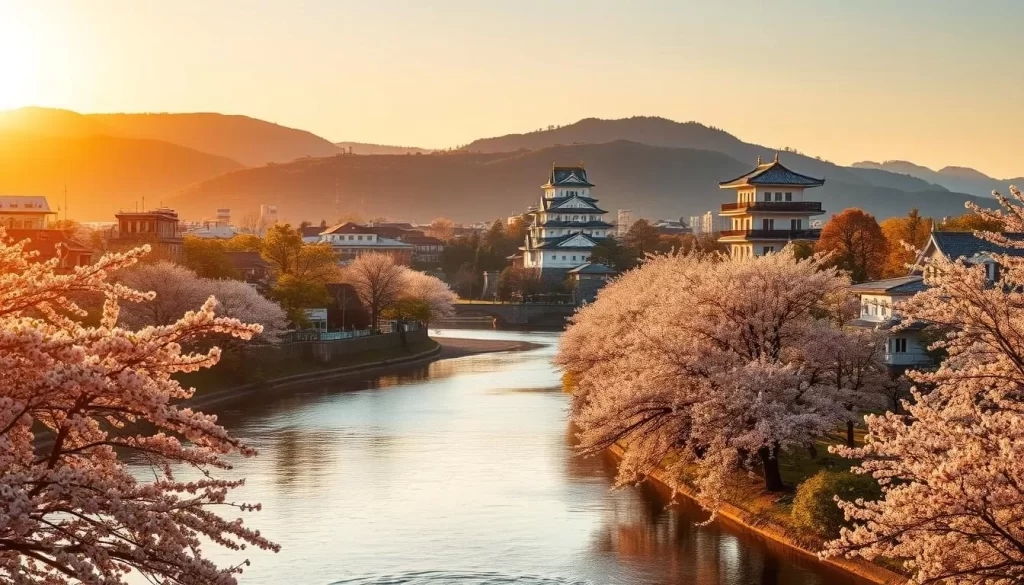
Whether you’re interested in history, nature, or culture, Mito has something to offer. You can explore the city’s area and experience the local way of life, making your visit a memorable one for people of all ages.
Top Historical Attractions in Mito
The city of Mito is home to some of Japan’s most revered historical attractions, each with its own unique story to tell. As you explore these sites, you’ll gain a deeper understanding of Mito’s rich history and cultural significance.
Kairakuen Garden
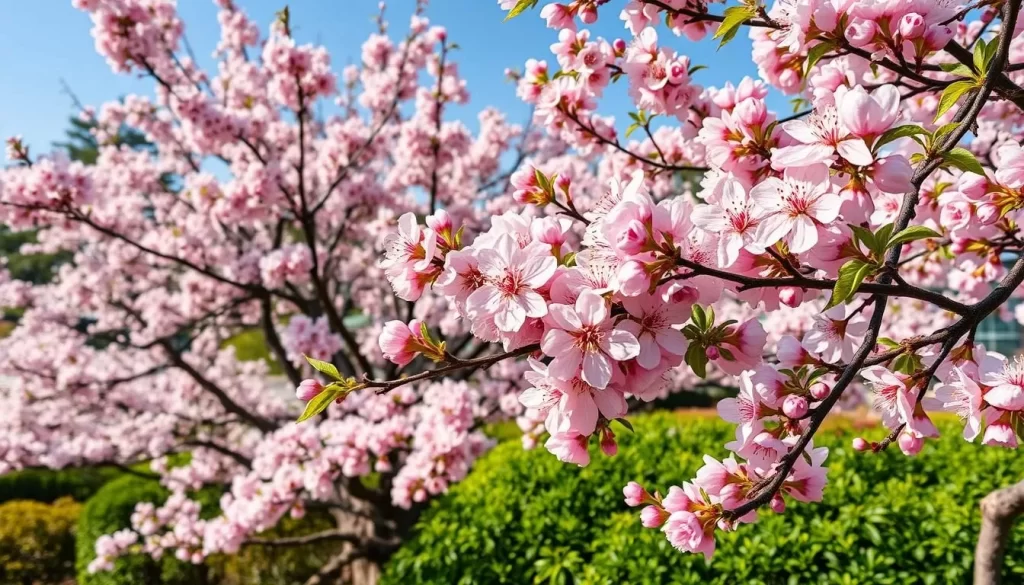
Kairakuen Garden stands as Mito’s crown jewel and one of Japan’s three most celebrated landscape gardens. Designed in the 1840s by the ninth feudal lord of Mito, Tokugawa Nariaki, this garden was revolutionary for its time, being open to the public rather than reserved exclusively for nobility. You’ll be mesmerized by Kairakuen’s 3,000 plum trees of 100 different varieties that burst into magnificent blooms from mid-February to late March during the annual Mito Plum Festival.
Kodokan Hall
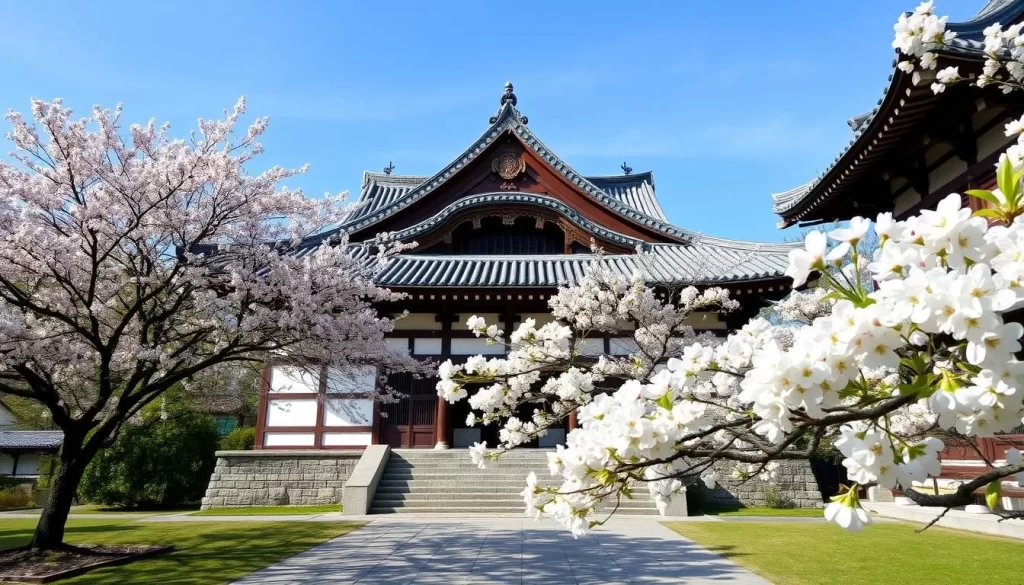
Kodokan Hall, built in 1841, represents one of Japan’s largest and most prestigious domain schools where samurai sons received comprehensive education in Confucian philosophy, sciences, and martial arts. The building is surrounded by white plastered walls and contains over 800 plum trees in its grounds, creating a serene and historically rich environment.
Tokugawa Museum and Historical Sites

The Tokugawa Museum houses priceless artifacts from the powerful Tokugawa dynasty, including scrolls, furniture, firearms, and exquisite lacquerware. These artifacts provide fascinating insights into the lives of Japan’s ruling class during the Edo Period, highlighting Mito’s role as both a political stronghold and cultural center.
When exploring these historical sites, you’ll gain a deeper appreciation for how Mito served as a pivotal location in Japan’s history, with Kairakuen and Kodokan designed as complementary spaces—one for relaxation and aesthetic appreciation, the other for rigorous intellectual and martial training.
Natural Beauty and Modern Attractions
From serene lakes to modern art complexes, Mito’s diverse attractions are sure to captivate visitors. The city’s natural beauty and contemporary landmarks make it an ideal destination for those looking to experience the best of Japan’s culture and landscapes.
Lake Senba
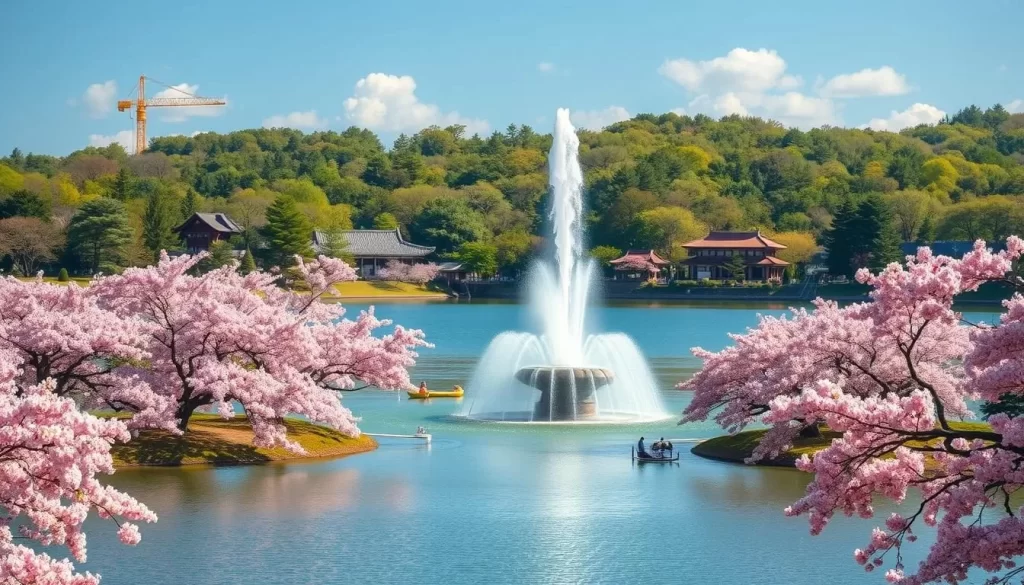
Lake Senba is a picturesque destination in Mito, known for its stunning cherry blossoms in spring and the impressive Big Fountain on its western side. Visitors can enjoy swan viewing boat tours, illuminated nighttime views, and leisurely strolls along the shores, where cafes, the Kobun teahouse, and bicycle rentals are available.
Art Tower Mito
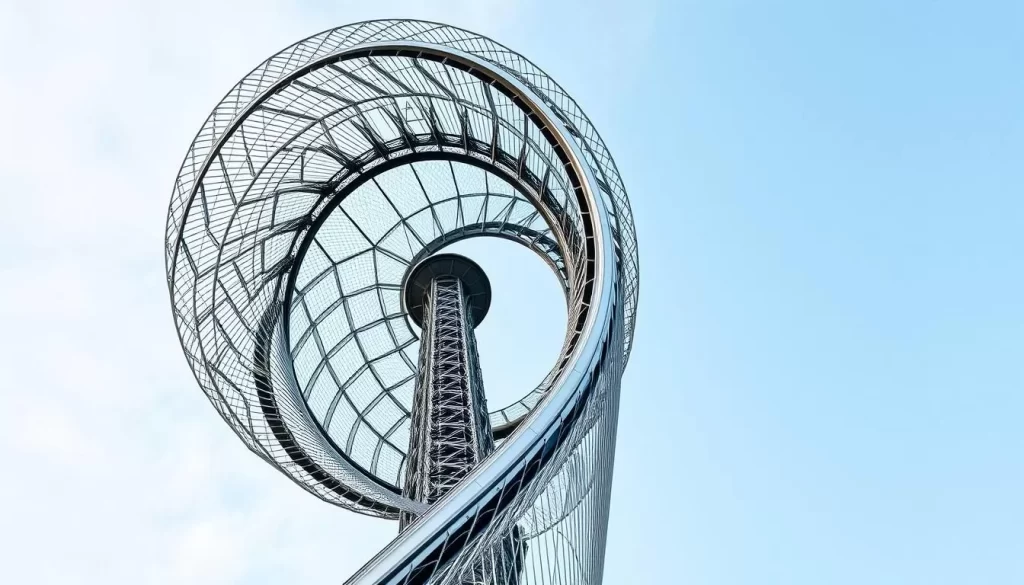
Art Tower Mito stands as a symbol of Mito’s embrace of contemporary culture, featuring a 100-meter high titanium tower. The complex includes an art gallery, a concert hall with exceptional acoustics, and a church-like Entrance Hall with a massive pipe organ, making it a hub for artistic and cultural experiences.
Hitachi Seaside Park

Hitachi Seaside Park is a year-round flower paradise, spanning over 3.5 hectares. The park transforms with the seasons, offering blue nemophila flowers in spring, sunflowers in summer, and striking red kochia fields in autumn, making it a must-visit destination for nature lovers.
Local Culinary Delights
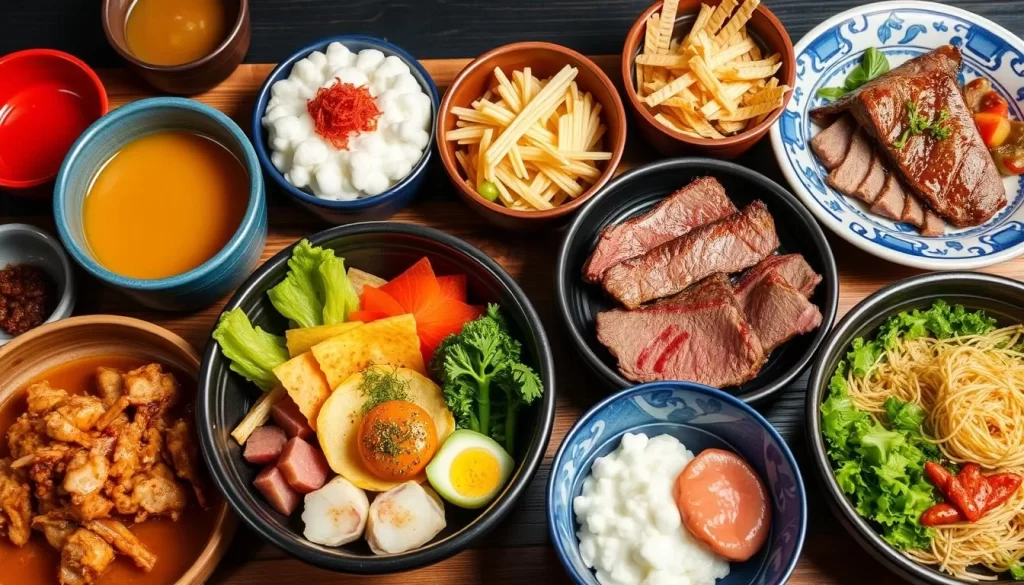
Mito’s culinary scene is highlighted by its famous natto (fermented soybeans), as well as other local specialties like Hitachi beef, anko fish hot pot, and fresh kaisendon (seafood rice bowls). These regional delicacies reflect the agricultural and coastal bounty of Ibaraki Prefecture, offering visitors a taste of the local culture.
Planning Your Visit to Mito
Getting to Mito is easy, and with a little planning, you can enjoy all that this beautiful city in Ibaraki Prefecture has to offer. From Tokyo and Ueno Station, take the Joban Line to Mito Station on the Super Hitachi express, which takes just over an hour and costs around 3,820 yen.
The best time to visit Mito depends on what you want to see. If you’re looking for the famous plum blossoms, come in late February to March for the Mito Plum Festival when Kairakuen Garden’s 3,000 plum trees are in full bloom. Alternatively, visit in April for cherry blossoms around Lake Senba, or in autumn for the colorful foliage.
Once you arrive, getting around Mito city is straightforward. You can use the local bus network or rent bicycles at the south exit of Mito Station on weekends and public holidays, or every day from West Lake Senba Rentals. This flexibility allows you to explore the compact city center at your own pace. Your visit planning should start at Mito’s Tourist Information Center, located at the south exit of Mito Station, where English-speaking staff can provide maps, bus schedules, and seasonal information to help you make the most of your day in this historically significant area.
During the Plum Festival season, special trains stop at the temporarily opened Kairakuen Station, providing direct access to the garden. At other times, regular buses run to Kairakuen from bays 4 and 6 outside Mito Station’s south exit. With its rich history and beautiful gardens, Mito is a place that will leave a lasting impression on you.
The above is subject to change.
Check back often to TRAVEL.COM for the latest travel tips and deals.
